This PC can’t run Windows 11 in VMware Workstation
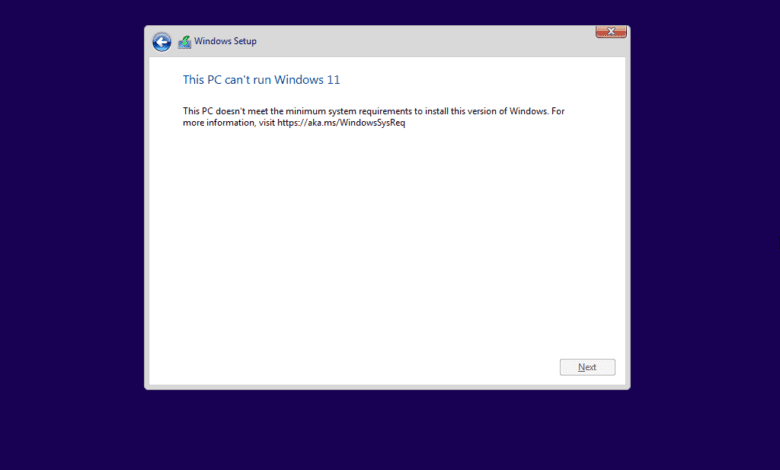
Well, are you all excited to run Windows 11 now that it is released a day early? Your excitement may be quickly stifled by an error message that you may receive – This PC can’t run Windows 11. After I had run Windows 11 preview builds inside my VMware Workstation environment without issue, downloading the GA ISO, was a different experience. Let’s take a look at this PC can’t run Windows 11 in VMware Workstation and see the resolution.
This PC can’t run Windows 11 in VMware Workstation
Let’s first take a look at the symptom of the issue you might see in VMware Workstation. This is a screenshot from my newly created VM that I set to use UEFI and secure boot, which I assumed would be enough inside the virtual environment for Windows 11. However, notice the following error screen after I chose the edition I wanted to install.
As we have all no doubt heard rumblings of requirements from Microsoft related to security and Trusted Platform Module, I assumed this was related to the TPM device missing from the virtual machine.
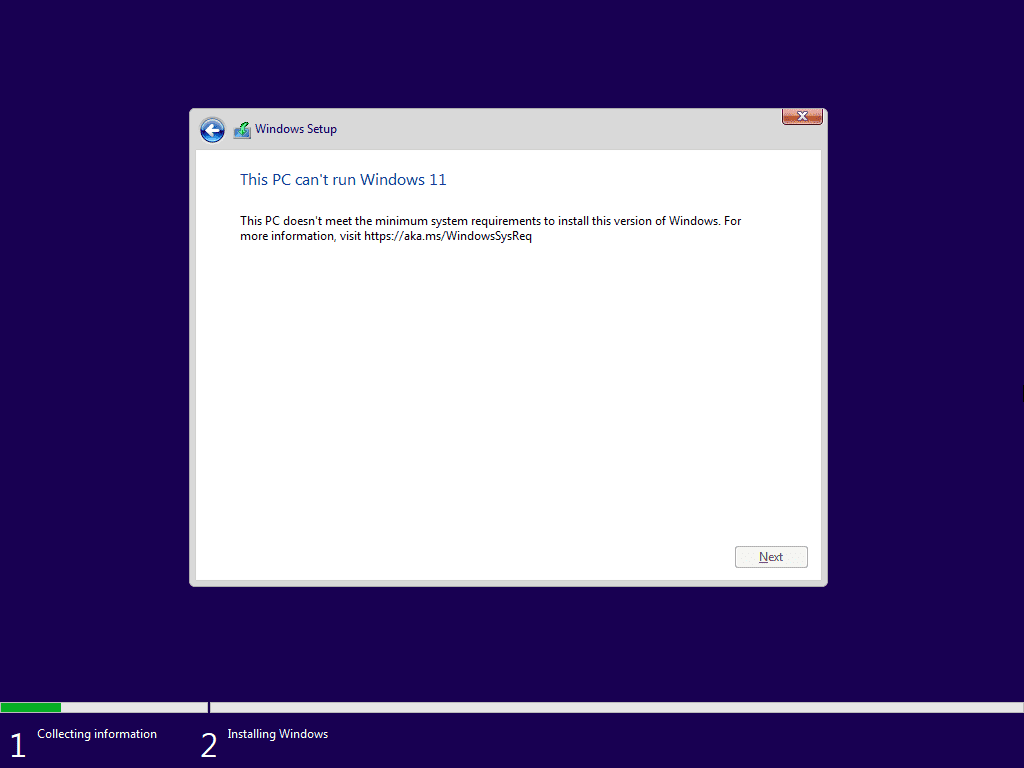
For posterity, this is a look at the way the VM was configured when I received the error message related to not being able to run. Note I have UEFI enabled and Enable secure boot. As a note, these are the settings that I have been using to install Windows 11 Preview builds up until this point in the same VMware Workstation environment.
Resolution – Add a Virtual Trusted Platform Module (vTPM) to your VM
The resolution to this issue in my case was adding a virtual trusted platform module (vTPM) to the virtual machine running inside of VMware Workstation. Before you can add the virtual trusted platform module (vTPM) to your virtual machine, you must first encrypt the VM before you can add the TPM module in VMware Workstation.
The process to encrypt your virtual hard disk for your Windows 11 virtual machine will of course depend on the size of the hard disk. The good thing is since we haven’t been able to install anything as of yet, there is no data essentially on the hard disk.
Once the encryption process completes successfully on the Windows 11 virtual machine, edit your virtual machine settings, navigate to Hardware and click Add to begin the process to add new hardware to the VM.
Select the Trusted Platform Module, then, click Finish.
After adding the virtual trusted platform module (vTPM), you will see the warning to the right that Removing TPM will render all encrypted data on this VM unrecoverable. In other words, you are burning the encryption key if you remove the vTPM.
After adding the Trusted Platform Module to the Windows 11 virtual machine, I was now able to step through the install process, select the edition, and move forward with the installer.
Video showing the error installing Windows 11
Wrapping Up
This is going to change things for many who may have lab environments and running VMware Workstation perhaps on older hardware that doesn’t have a Trusted Platform Module to make use of. The major motherboard manufacturers have add-in TPM chips available that can be used to retrofit a TPM module on boards that may not have come with one. An example is the one I found for Supermicro. I am using Supermicro servers in my lab currently that do not have TPM chips installed. However, as an example, you can find an add-in TPM 2.0 card here.
Upgrading to Windows 11 is going to be more of an investment for those without TPM 2.0 cards already installed. However, you should plan on this requirement ahead of time before getting in the middle of an upgrade or install that requires it.


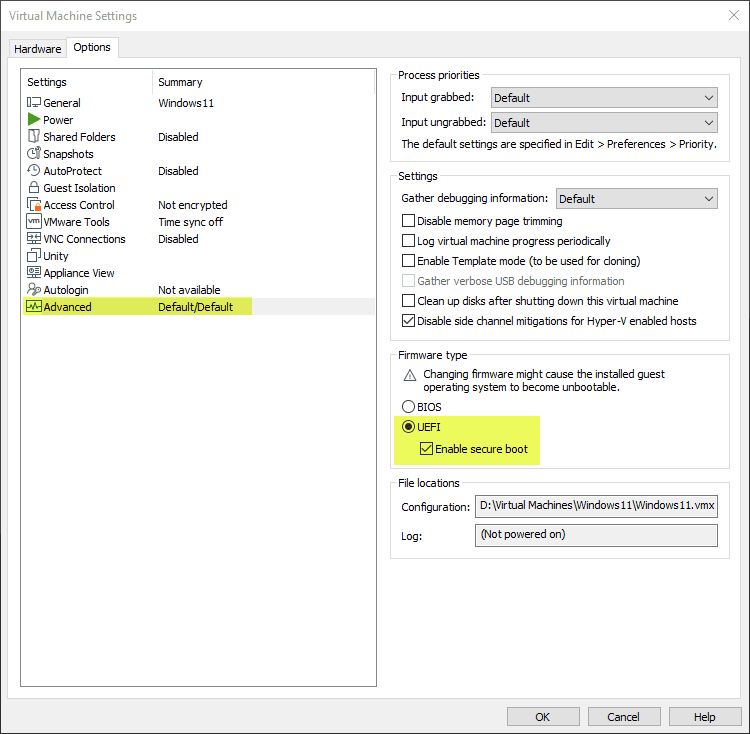
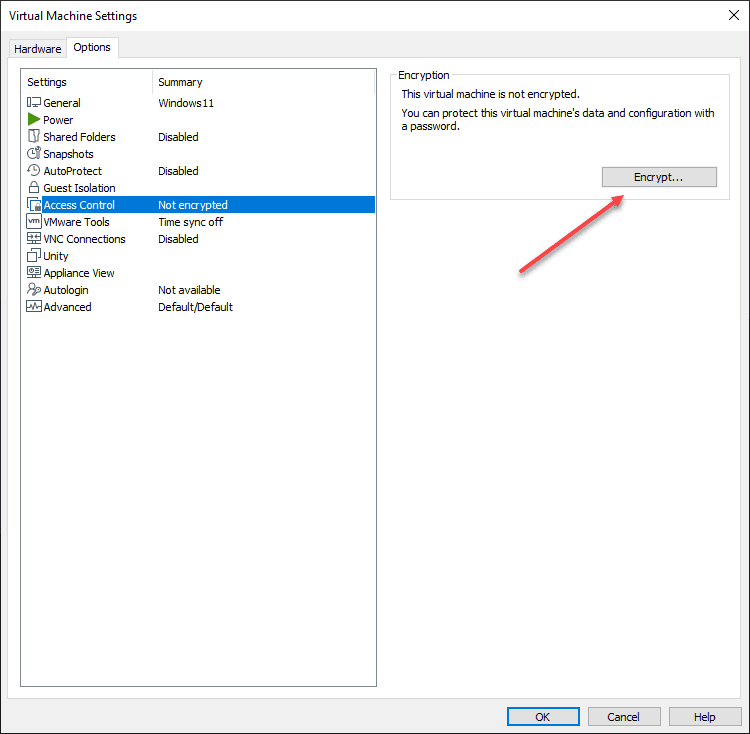
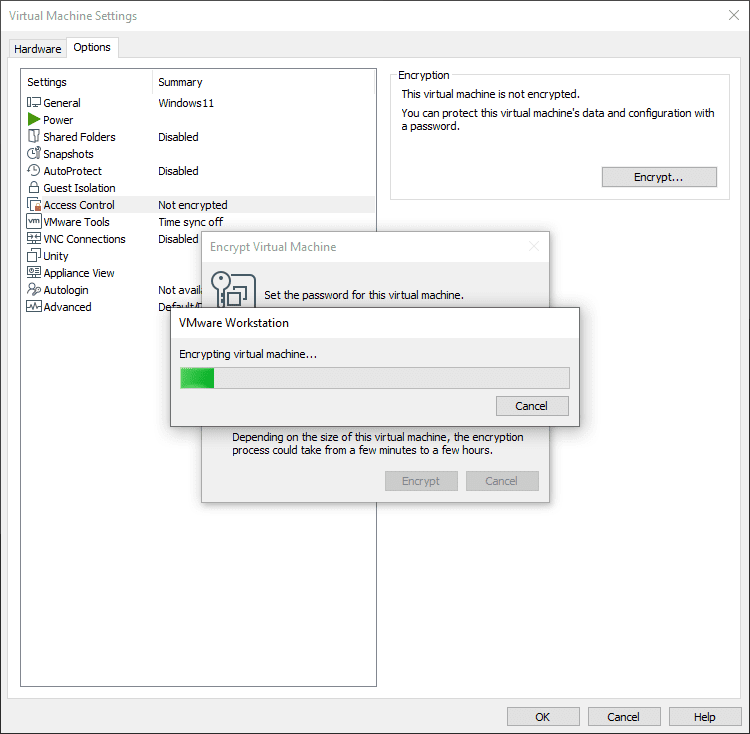
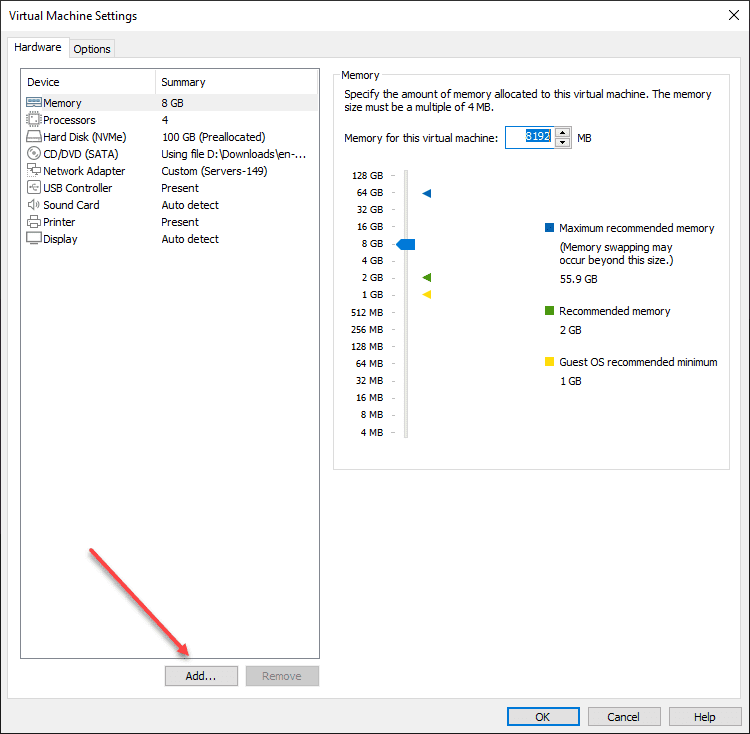
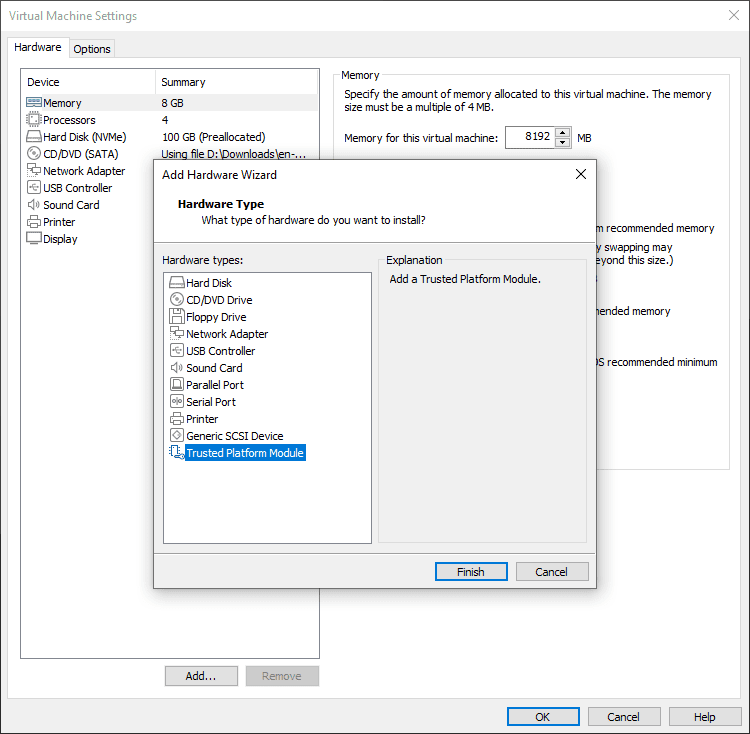
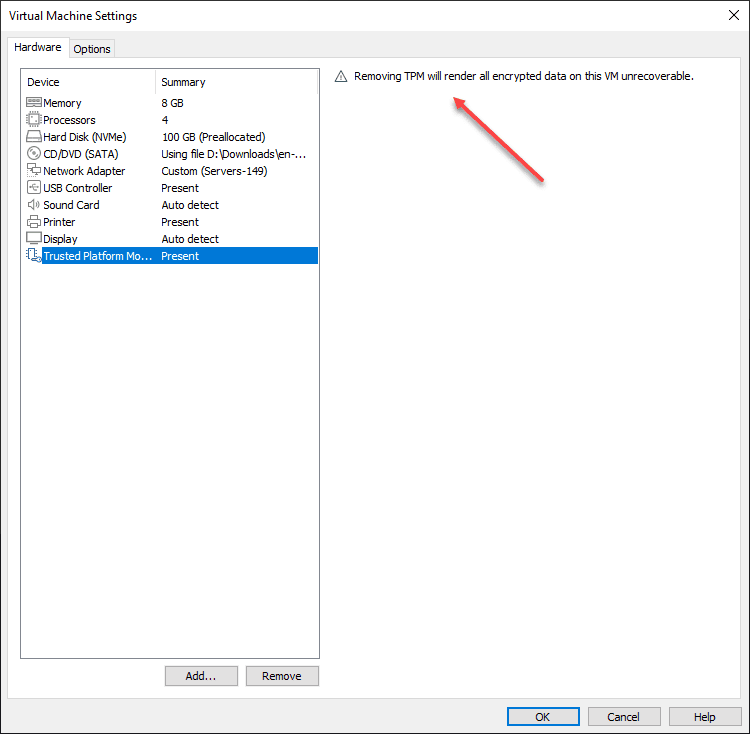
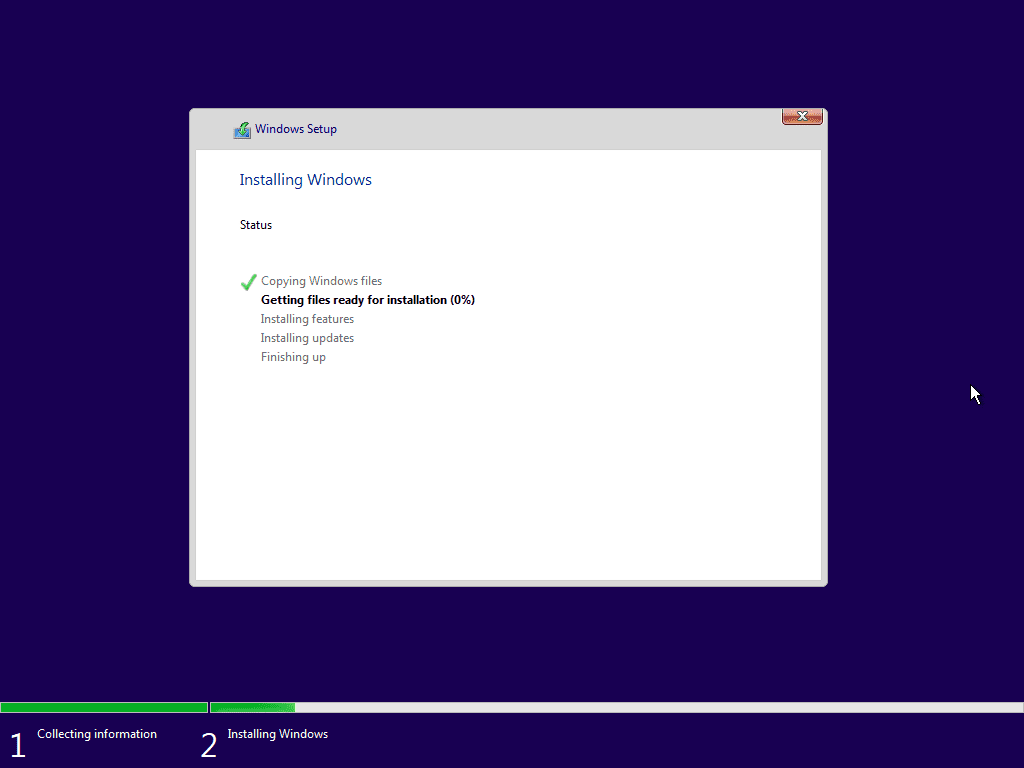
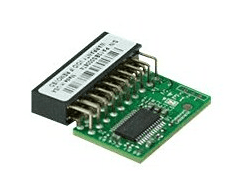



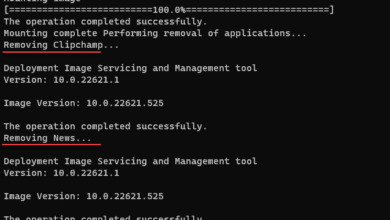
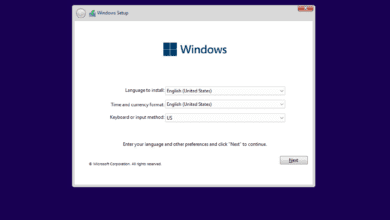
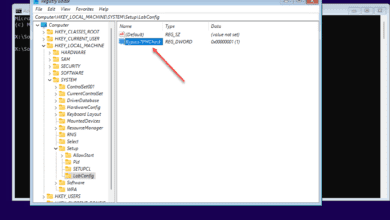
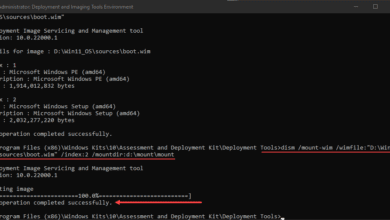


https://media2.giphy.com/media/iraffRkJJasxmBtBRI/giphy.gif